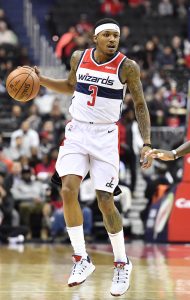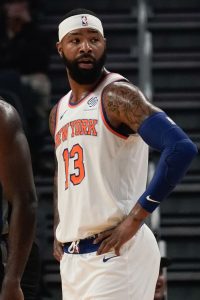As we noted in our glossary entry on veteran contract extensions, rookie scale extensions have historically been the most common form of contract extension in the NBA. However, the league’s latest Collective Bargaining Agreement loosened the rules on eligibility for veteran extensions and made them a little more financially advantageous for players who don’t expect mega-deals.
As a result, we’ve seen a bump in veteran contract extensions in recent seasons. So far in the 2019/20 league year, nine players have signed them, matching the number of players who signed rookie scale extensions.
[RELATED: 2019/20 NBA Contract Extension Tracker]
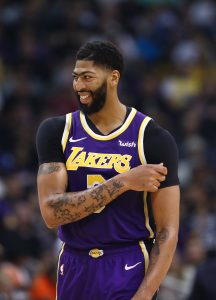 For a star like Anthony Davis, it still makes sense to wait until free agency to sign a new contract — the biggest raise he can receive on an extension would still be less than the maximum contract he’d be eligible to earn on the open market. The maximum starting salary a player like Davis can receive in a veteran extension is up to 120% of his current salary.
For a star like Anthony Davis, it still makes sense to wait until free agency to sign a new contract — the biggest raise he can receive on an extension would still be less than the maximum contract he’d be eligible to earn on the open market. The maximum starting salary a player like Davis can receive in a veteran extension is up to 120% of his current salary.
A player on a more modest contract can receive a maximum starting salary worth up to 120% of the NBA’s estimated average salary on an extension, assuming that amount is greater than 120% of his current salary. For this season, 120% of the estimated average salary would work out to a $11.47MM salary in the first year of a contract extension. A player who signs an extension that fits that bill could get up to four years and $51.39MM. Bogdan Bogdanovic and Dillon Brooks are among the players who are eligible for that sort of deal.
Now that the regular season is in full swing, the number of veterans eligible for contract extensions has declined, since players with more than one year left on their contracts aren’t permitted to ink an in-season extension. But there are still a number of veterans in the final year of their respective contracts who remain eligible for extensions right up until June 30, the last day of the current league year.
Listed below are the players who meet the criteria for a veteran extension. Players who were recently traded can be extended, but they have to wait for six months after the trade to sign a contract longer than three total years (including the current season) with a first-year raise exceeding 5%. If a player below is noted as having “limited” eligibility until a certain date, that’s why. Once six months pass, those players are eligible to sign an extension of up to five total years (including the current season) with a 20% first-year raise.
Additionally, extension-eligible players with a player or team option for 2020/21 would have to eliminate that option year as part of an extension agreement in order to meet the necessary criteria.
Here’s the full list of veterans currently eligible for contract extensions:
Atlanta Hawks
- Jeff Teague
- Note: Limited eligibility for rest of league year.
Boston Celtics
- Gordon Hayward
- Note: 2020/21 player option must be declined.
- Semi Ojeleye
- Note: 2020/21 team option must be declined.
Brooklyn Nets
- None
Charlotte Hornets
- Dwayne Bacon
- Nicolas Batum
- Note: 2020/21 player option must be declined.
- Bismack Biyombo
- Willy Hernangomez
- Michael Kidd-Gilchrist
- Marvin Williams
Chicago Bulls
- Otto Porter
- Note: 2020/21 player option must be declined.
Cleveland Cavaliers
- Matthew Dellavedova
- Andre Drummond
- Note: 2020/21 player option must be declined.
- Note: Limited eligibility for rest of league year.
- Tristan Thompson
Dallas Mavericks
- Tim Hardaway Jr.
- Note: 2020/21 player option must be declined.
- Courtney Lee
Denver Nuggets
Detroit Pistons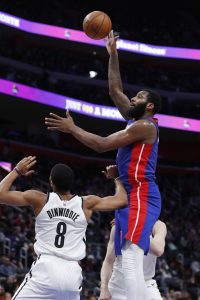
- Langston Galloway
- John Henson
- Note: Limited eligibility for rest of league year.
- Reggie Jackson
- Brandon Knight
- Note: Limited eligibility for rest of league year.
- Tony Snell
- Note: 2020/21 player option must be declined.
Golden State Warriors
- None
Houston Rockets
- None
Indiana Pacers
- None
Los Angeles Clippers
- None
Los Angeles Lakers
- Anthony Davis
- Note: 2020/21 player option must be declined.
Memphis Grizzlies
- None
Miami Heat
- Jae Crowder
- Note: Limited eligibility for rest of league year.
- Goran Dragic
- Solomon Hill
- Note: Limited eligibility for rest of league year.
- Meyers Leonard
- Kelly Olynyk
- Note: 2020/21 player option must be declined.
Milwaukee Bucks
Minnesota Timberwolves
- Allen Crabbe
- Note: Limited eligibility for rest of league year.
- James Johnson
- Note: 2020/21 player option must be declined.
- Note: Limited eligibility for rest of league year.
- Evan Turner
- Note: Limited eligibility for rest of league year.
New Orleans Pelicans
New York Knicks
- Damyean Dotson
- Maurice Harkless
- Note: Limited eligibility for rest of league year.
Oklahoma City Thunder
- Danilo Gallinari
- Abdel Nader
- Note: 2020/21 team option must be declined.
- Andre Roberson
Orlando Magic
- D.J. Augustin
- Evan Fournier
- Note: 2020/21 player option must be declined.
- Wesley Iwundu
Philadelphia 76ers
- None
Phoenix Suns
Portland Trail Blazers
Sacramento Kings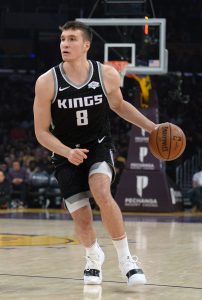
San Antonio Spurs
- DeMar DeRozan
- Note: 2020/21 player option must be declined.
Toronto Raptors
Utah Jazz
- Jordan Clarkson
- Note: Limited eligibility through June 23.
Washington Wizards
Information from Basketball Insiders was used in the creation of this post.
Photos courtesy of USA Today Sports Images.
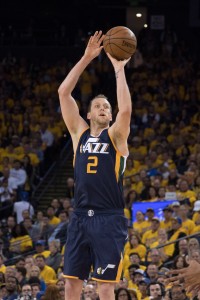 This set of rules explains why
This set of rules explains why 